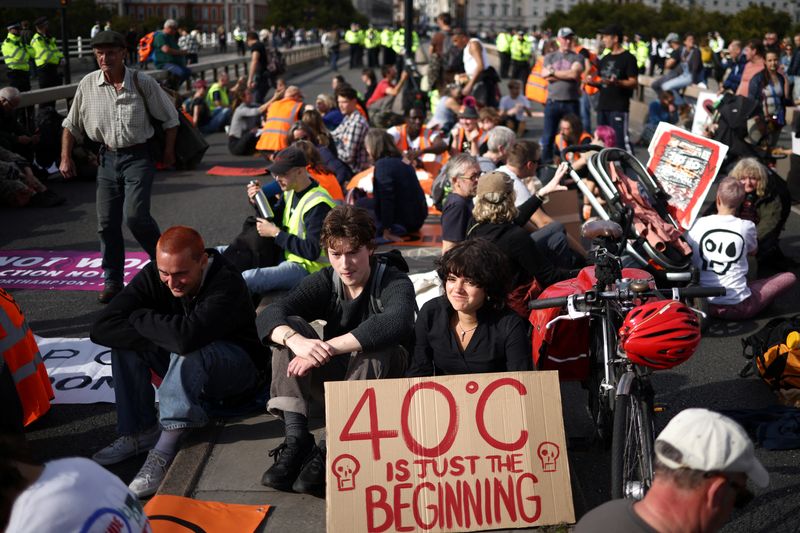The UK’s climate change advisers said on Thursday that the country has no clear strategy on how to execute its plans to meet a target of decarbonising its electricity system by 2035, and that threatens efforts to boost energy security.
Britain has set a target to reach net zero emissions by 2050 and also wants to improve its energy independence after Russia’s invasion of Ukraine sent energy prices to record highs.
As a result, Britain has set a target to decarbonise electricity supplies by 2035 to reduce reliance on imported gas and also requires a huge scaling up of renewable power generation such as wind and solar.
Read also: Study says ozone pollution increases cardiovascular disease hospitalisations
“The Government has not yet provided a coherent strategy to achieve its goal, nor provided essential details on how it will encourage the necessary investment and infrastructure to be deployed over the next 12 years,” a report by Britain’s Committee on Climate Change (CCC) said.
The report said reforms need to be made to the country’s systems for planning, consenting and connecting new projects to the power grid to enable development that’s needed to scale up and meet the target as the reforms could help Britain generate about 70% of its electricity from renewable sources, with nuclear and bioenergy with carbon capture and storage (CCS) accounting for roughly 20% by 2035.
The remaining supply could come from low-carbon back-up generation such as hydrogen-powered turbines and some fossil fuel plants with carbon capture technology and only 2% of supply is expected to come from gas power plants without carbon capture technology and currently account for about 40% of the country’s electricity supply.
The CCC also warned that Britain’s power systems are not adequately prepared to mitigate the risks climate change could pose to vital infrastructure in the country and wants this to be factored in to new project development.
“If climate resilience is neglected in this investment, there is significant risk of locking in increased climate vulnerability or additional costs later on,” the report said, adding that climate hazards for power systems could include increased storms or floods damaging infrastructure or possible changes in wind speeds affecting wind power generation.
Story was adapted from Reuters.
